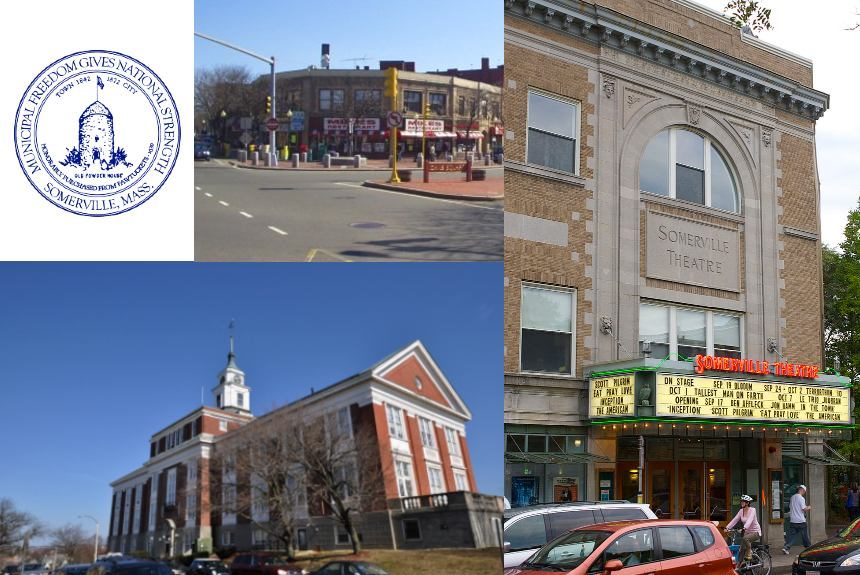Global climate models show an increase in extreme climate events, increasing precipitation volumes by up to 10 per cent by 2050 and up to 20 per cent by 2100.
Increased runoff, stormwater discharges, and flooding are associated with growing precipitation intensity and magnitude. Thus, it will affect the performance of urban drainage networks designed for past or present climate conditions.
Municipalities and other stakeholders, therefore, need to have a plan to prepare for and adapt infrastructure to withstand these extreme conditions.
The study discusses the literature on adaptation, adaptation strategies and actions, and the development of adaptation plans, from a trial-and-error approach to sophisticated methods such as decision-scaling and robust decision-making (RDM). The paper then discusses other adaptation strategies, such as robust optimisation and real options.
The study presents a case study of an urban drainage system in Somerville, Massachusetts. The site is highly urbanised, with limited open space, and a high percentage – 75% of its surface is impervious. Researchers chose the site because it is already experiencing the effects of heavy precipitation, which causes drainage flooding and combined sewer overflows.
Researchers have conducted vulnerability assessments against possible climate change scenarios, the system’s sensitivities to it, and its adaptive capacity. Adaptation planning involves developing and testing several alternatives and integrating adaptation actions to manage the impacts over time and space.
In quantifying the economic cost of adaptation, the researchers have used two decision-making approaches: a design storm least-cost approach and a risk-based approach that evaluates performance across all possible precipitation conditions.
Adaptation strategies chosen for the study include underground storage, LID (low-impact development) across the watershed, sewer separation, and a combination of sewer separation and LID. LID techniques were available for municipalities and homeowners to apply.
The case study of the Somerville drainage system shows that hazardous flood volumes and combined sewer overflow (CSO) discharges exceed design metrics under present and future climate change scenarios, requiring adaptation actions.
Researchers have designed and implemented the case study to reflect the many attributes of an effective climate adaptation, including the planning process for infrastructure, using a drainage system as an example.
To read further, CLICK on the link below:
Source citation:
Kirshen, P., Caputo, L., Vogel, R., Mathisen, P., Rosner, A., & Renaud, R. (2014). Adapting Urban Infrastructure to Climate Change: A Drainage Case Study. America Society of Civil Engineers. DOI: 10.1061/ (ASCE)WR.1943-5452.0000443.
PHOTO CREDITS:
- Davis Square, Somerville – CC BY-SA 3.0, Link
- Official seal of Somerville, Massachusetts – By Simtropolitan, original unknown – City of Somerville Massachusetts, Annual Reports, 1974, Public Domain, Link
- Entrance of the Somerville Theatre – By Tim Pierce – Own work, CC BY-SA 3.0, Link
- Somerville City Hall – By User: Magicpiano – Own work, CC BY-SA 4.0, Link



Leave a Reply